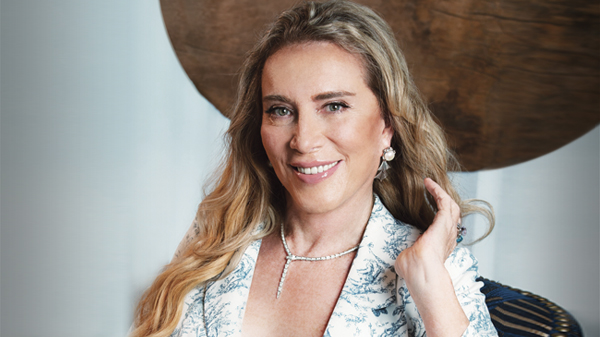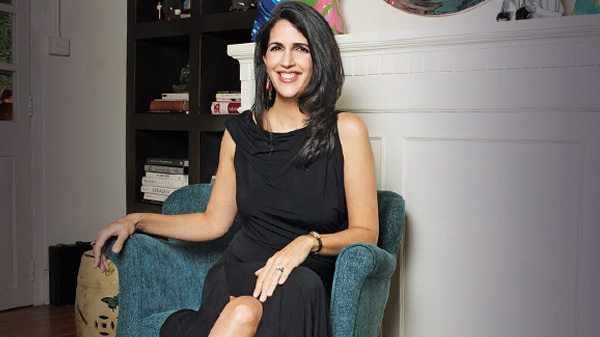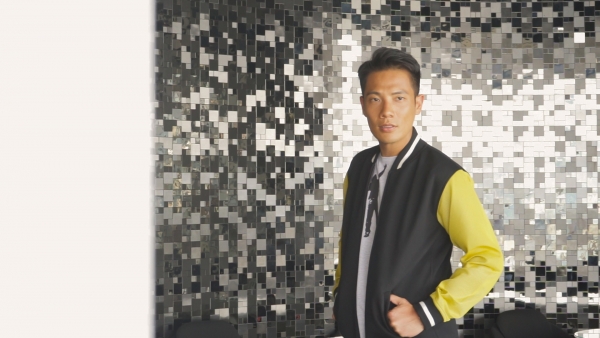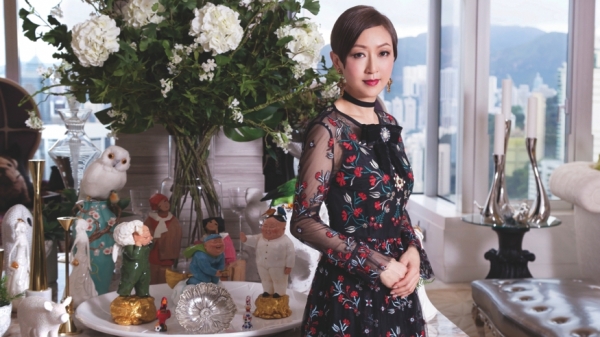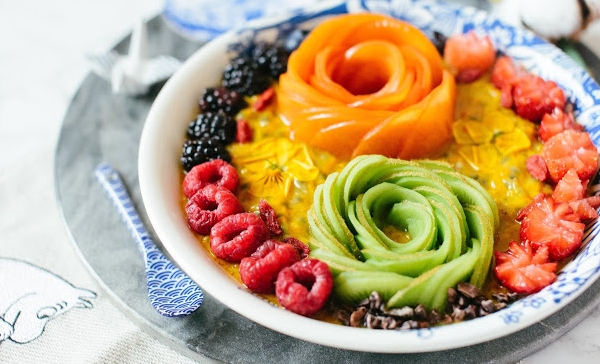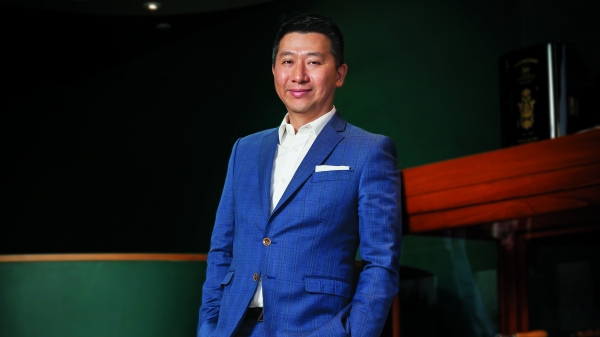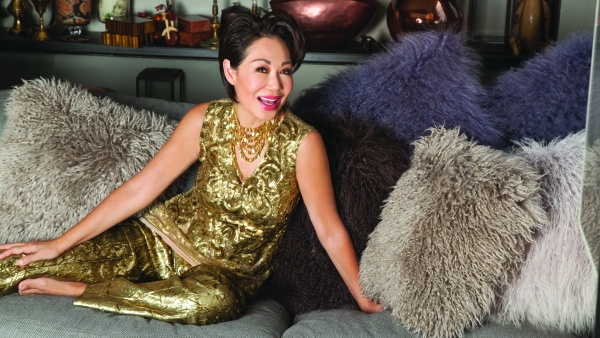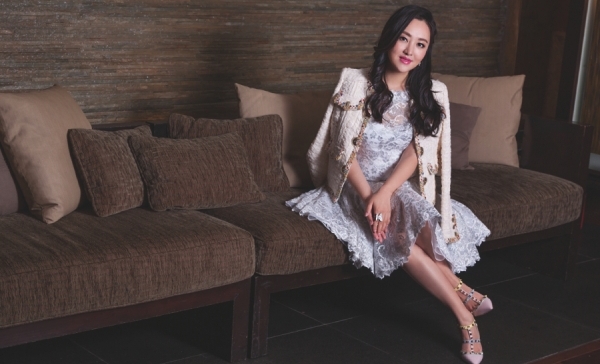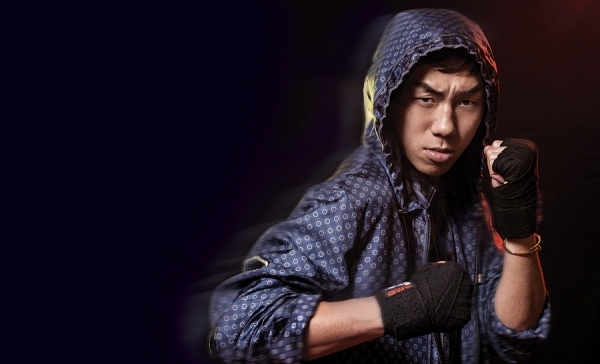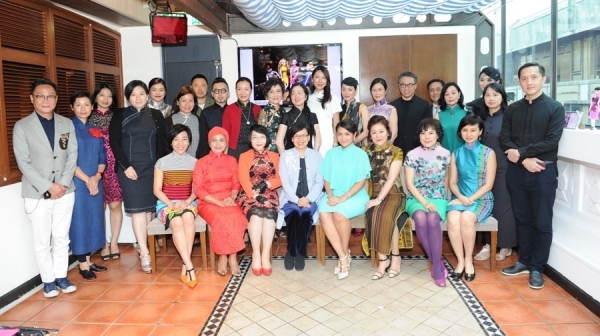At the age of 67, Robert Huthart, the son of a former Lane Crawford managing director, undertook gender reassignment surgery. Reinvented as Bobbie, she now lives in Thailand and is a keen campaigner for trans rights.
Did being part of the high-profile Huthart family put any pressure on you while growing up?
There was never really any pressure on me at any time. I actually had a number of great advantages. I could go anywhere and had the Lane Crawford brand backing me up. Being part of a well-off family meant I had everything I could have imagined or might possibly have needed.
Was it always on the cards that you would join the family business?
I always knew I’d enter the family business in one capacity or another. Ultimately, when I came back to Hong Kong after having qualified as a Certified Public Accountant and having worked in an investment bank for a while, my father had just taken a stake in the company – Zenith Refinery and Pacific Palters – which did very well for us.
After that, I took on an investment role within the family business, initially focussing on Phuket real estate. At the time, this saw us buying land that no one else really wanted, which led to outstanding profits further down the line. I really enjoyed everything I did, and came to believe that, as long as you have conducted yourself with real zest and maintained a positive attitude, while treating people well, you could get anything done.

How do you view the world as a woman now, opposed to when you were living as a man?
When you are transitioning, you start off by taking hormones and, all of a sudden, you begin to see the world in a dramatically different way. You also find yourself having the kind of conversations that you really couldn’t have if you are a man. I find that women talk very openly with each other. I also think having lived as both genders has given me a truly unique understanding of their different perspectives on life. I believe only open discourse can unite the two for a better world.
You came out to your family back in 2015. Looking back, is there anything you’d have done differently?
I think if I had been a member of a later generation, if I had known I was transgender when I was younger, it would have bothered me not to have transitioned earlier. I wasn’t aware of all the possibilities and I think, in some ways, my ignorance was a kind of blessing. It ultimately allowed me to live two full lives in one lifetime.

Do you think coming from an affluent background has given you a different experience as a trans woman compared to those less-advantaged?
Well, the transgender women I talk to tell me I’m lucky because I come from a rich and accepting family. With that in mind, I try to speak out on behalf of all older transgender individuals, as well as for all elderly people in general. I want people to know they don’t need to shrivel up and die when they reach a certain age.
While I believe trans women are able to secure jobs at the lower end of the pay scale, it’s often difficult for them to progress. I also believe that this isn’t a specific trans issue, but one that affects all women. As a result, we have to collectively fight for women’s rights and move forward together.
Are there any misconceptions about the trans community that you would like to tackle head on?
I think the biggest misconception about the trans community – not only in Asia, but also on an international basis – is that it is inevitably linked to prostitution. As a Buddhist, I have no problem with prostitution, but, in general, it seems to carry a huge stigma. There is also the issue as to whether or not post-surgery you can “pass” as a member of your reassigned gender. In truth, being transgender is about what’s in your heart, rather than about your looks, and that’s what’s important.

What do you hope the 21st century will deliver in terms of transgender rights and acceptance, particularly within the Asian community?
Ultimately, I just want to get my point of view across without offending anyone. I just want us to be accepted. In the case of China, I think the process of gradual change has to begin and I believe the next generation will come to accept transgender people. So much of its culture is male-centric, with every mother-to-be wanting a boy. What happens, though, when that boy wants to be a girl? At the end of day, people need to be allowed to transition and to then be accepted.
I also believe in order for transgender people to win the hearts and acceptance of society, we must continue to do good deeds, and recognise that if we push too hard, especially in Asia, for rapid law changes, this could lead to more discrimination and hate.

Is there anything you are currently campaigning for?
Well, I currently run a foundation that aims to help transgender people in Thailand. Initially, I thought surgery always topped the agenda for trans people, but I’ve since found that isn’t necessarily the case. Sometimes, the bigger priorities are education, medication and support from doctors. And so, the foundation’s focus is now on financing education, and funding seeding capital and venture capital businesses run by trans people in Thailand. Our foundation has no name, and thus, no ego.
Finally, what’s left on your personal bucket list?
Really, I just hope to live long enough to help more people, not just for their sake, but also for my own. I am also still trying to become far less egocentric. That’s one of the biggest challenges I have ever had to face and it’s an ongoing battle.
Thank you.
Photos: Jack Law
Art Direction: San Wong
Make-up: Irene Hung
Hair: Eva Lee@Headquarters
Venue: Ichu Peru
Jewellery: Bulgari



